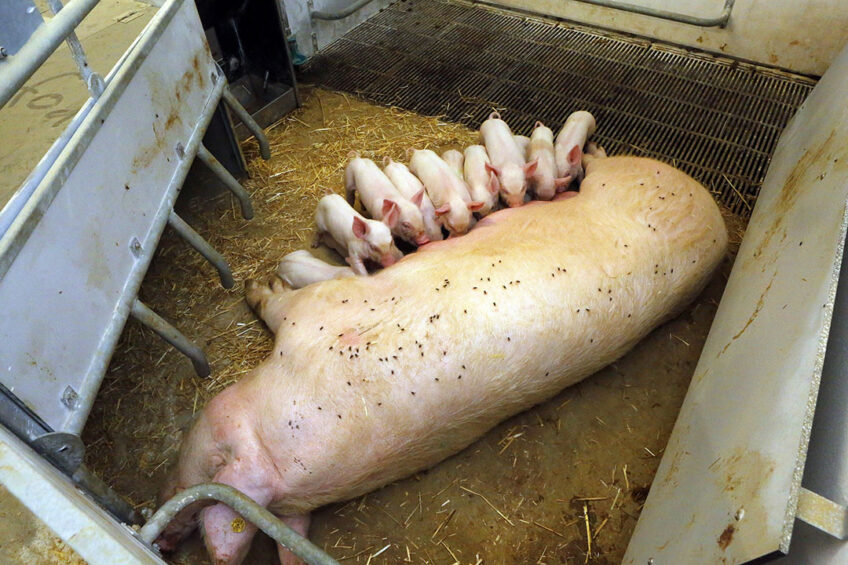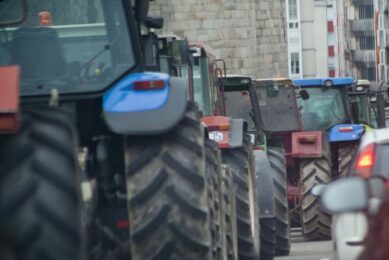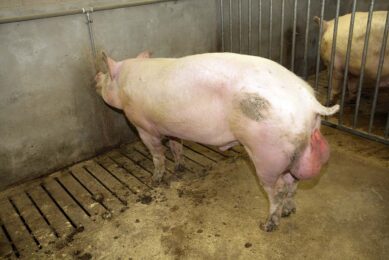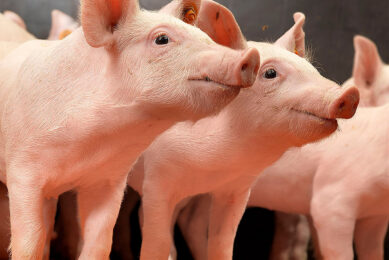What will farrowing of the future look like?

It looks like the end is near for sow confinement during lactation in the European Union. New legislation will make it likely farrowing crates will have to disappear by 2027. What will that mean for future sow farms in Europe, welfare expert Dr Irene Camerlink wonders.
At the end of June, the European Commission decided that the current EU legislation for farm animal housing will be revised. New legislation will include the commitment to phase out the use of cages for farm animals, including for lactating sows. The phase out is envisaged for 2027.
This sudden change comes after 1.4 million EU citizens have actively supported the ’End the cage age’ campaign. This again shows the power of citizens and that societal opinion needs to be considered when making decisions in farm design.
Solutions may vary from one pig farm to the next
Phasing out farrowing crates is ambitious as solutions are not simple. Solutions have to be made on a case-by-case basis, because for each farm, the transition to free farrowing will be different, based on the current building layout, management and financial situation.
Therefore, there is no single check-list of aspects to change or implement in order to successfully manage loose housed sows. This was one of the main conclusions in a recent meeting among free farrowing experts from research and industry.
Distinguishing between free farrowing and temporary crating
When speaking about loose housing of sows it is important to distinguish ’free farrowing’ from ’temporary crating’. Free farrowing means that the sow is loose during farrowing and lactation.
In temporary crating, the sow is kept in temporary confinement up to roughly 5 days around farrowing, and thereafter loose housed for the remainder of the lactation phase. Complete free farrowing requires a different design and different management than a temporary crating system.

Temporary sow confinement may be unacceptable
Temporary crating is a promising way to provide the sow with more freedom while minimising piglet crushing. Research studies show that temporary crating can give similar results as the conventional farrowing crate. A major disadvantage is that crating before farrowing prevents the sow from nest building, and preventing this natural innate behaviour disrupts the hormone release of the sows. Instead of maternal hormones rising, stress-related peaks in cortisol occur. This negatively affects the farrowing process and the maternal response.
Free farrowing expert, professor Sandra Edwards, warned of the influence of societal opinion when making the decision between temporary crating and free farrowing. While temporary crating may be a more suitable alternative for most farmers than free farrowing, society may not accept the temporary crating system, which could lead to a similar situation as the enriched cages for laying hens.
The Prop 12 legislation process in California also means farrowing crates are under scrutiny in the USA
Minimum versus optimum for sow pens
A further consideration on the decision for pen design is the difference between a potential EU recommended minimum for pen dimensions, and the optimum. The minimum standards consider only part of the farm’s needs and may therefore not result in optimal results.
An optimum design considers the needs and safety of the sows, piglets and workers. Taken together, the phasing out of farrowing crates in the EU is likely, but there is not one golden solution and decisions on alternatives should be based on individual farm possibilities and needs, while considering increased societal pressure for completely crate free housing.
 Beheer
Beheer








 WP Admin
WP Admin  Bewerk bericht
Bewerk bericht